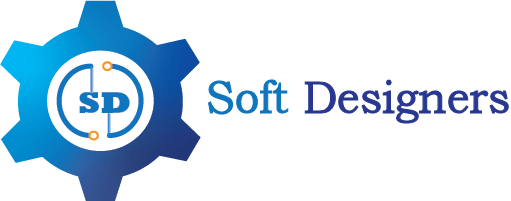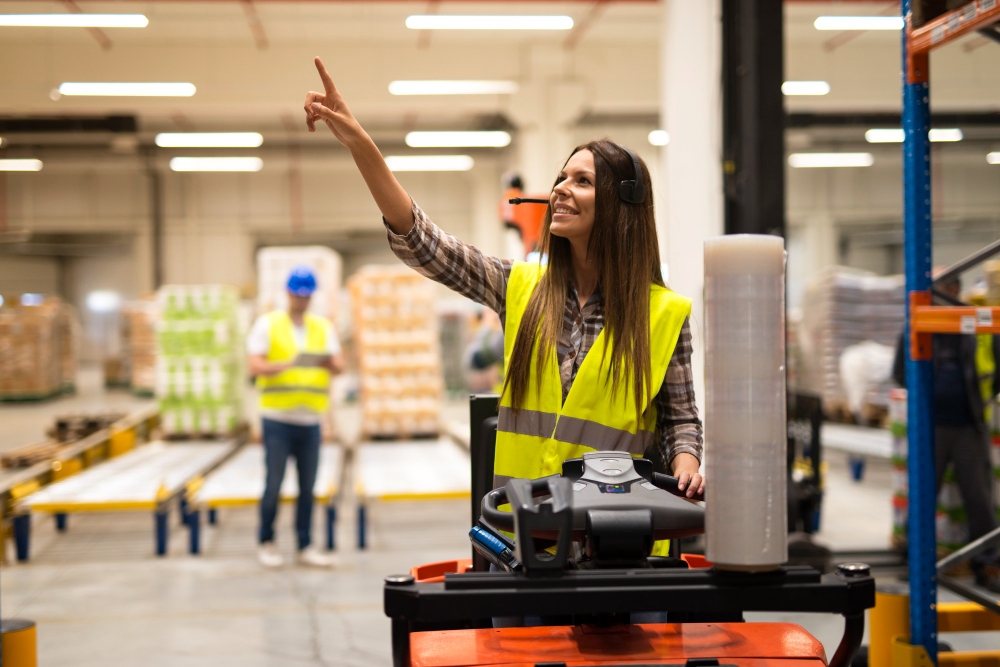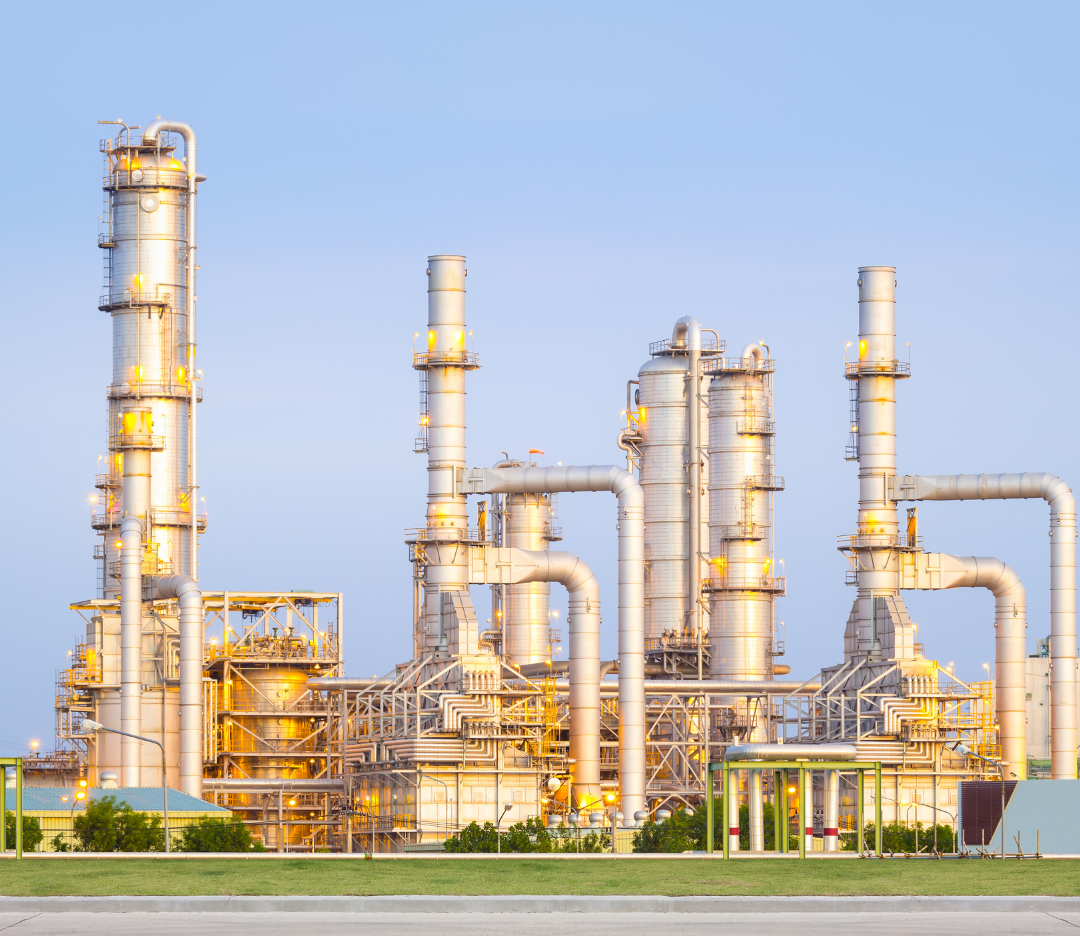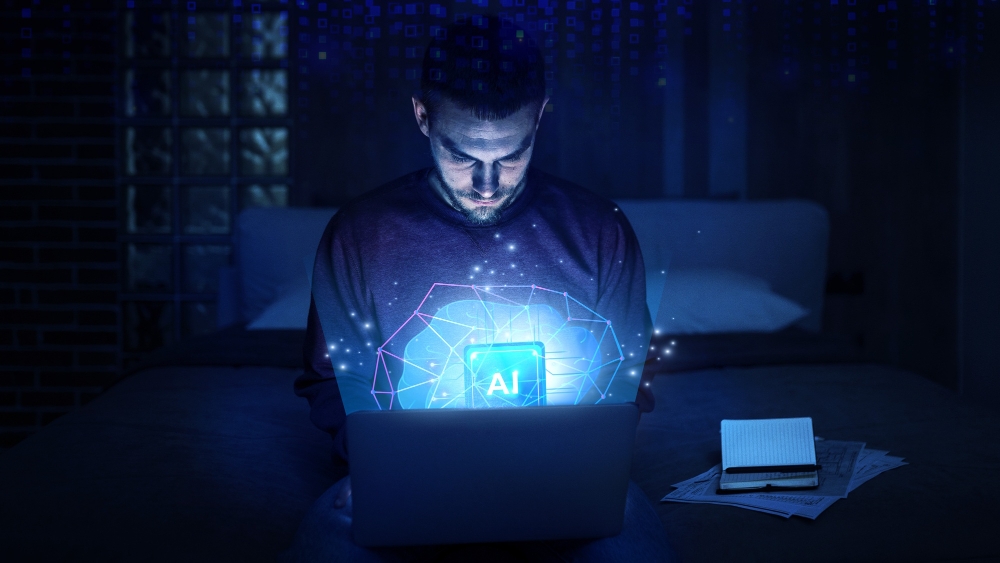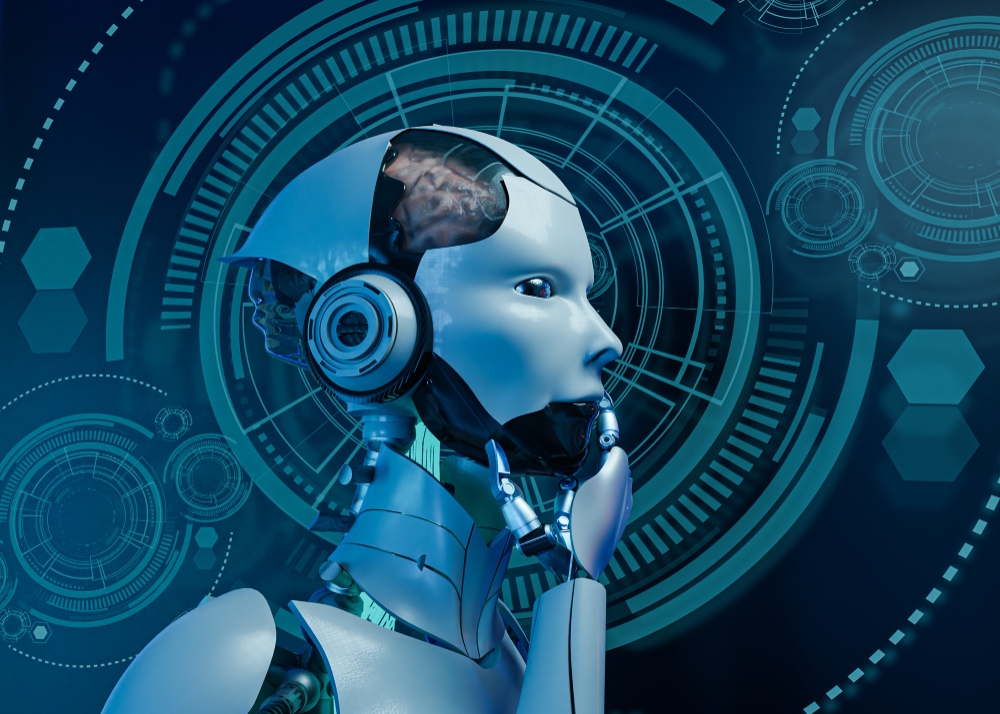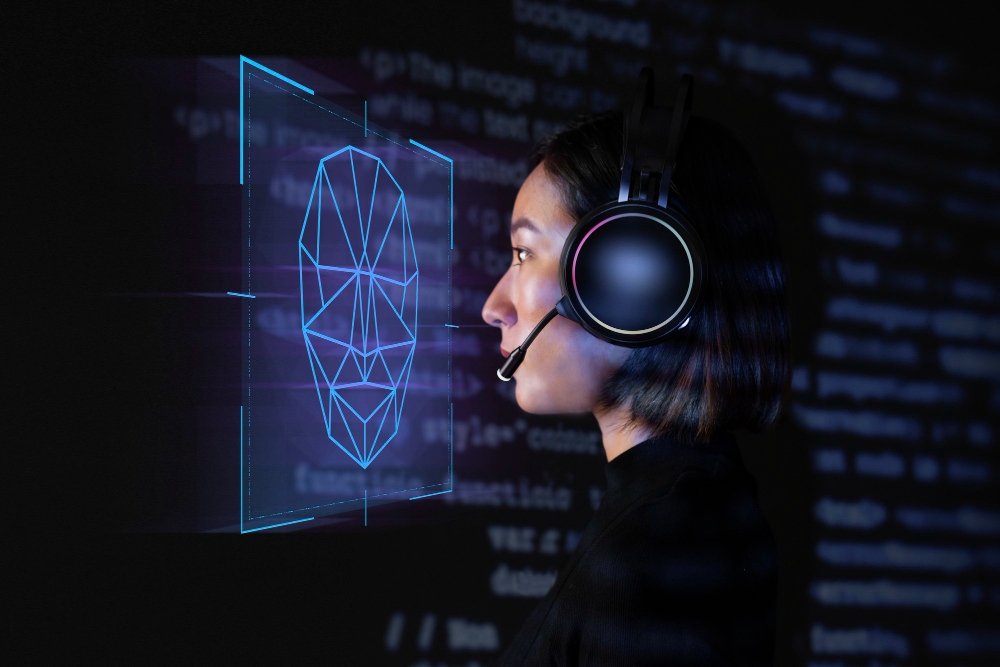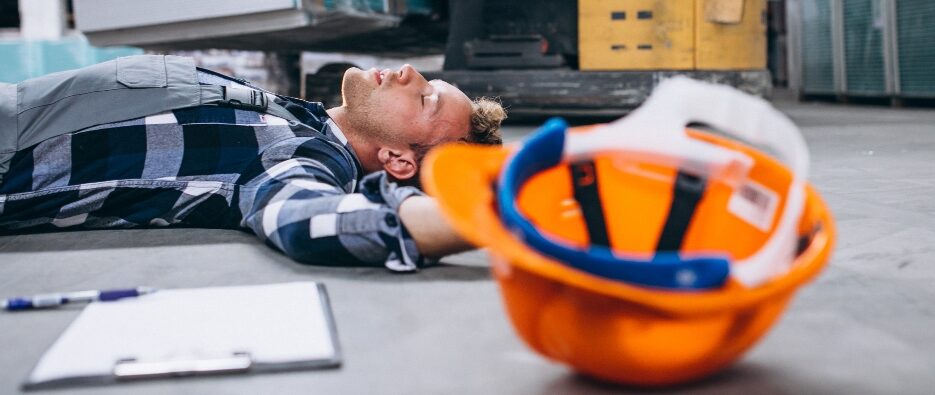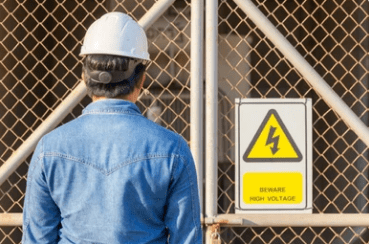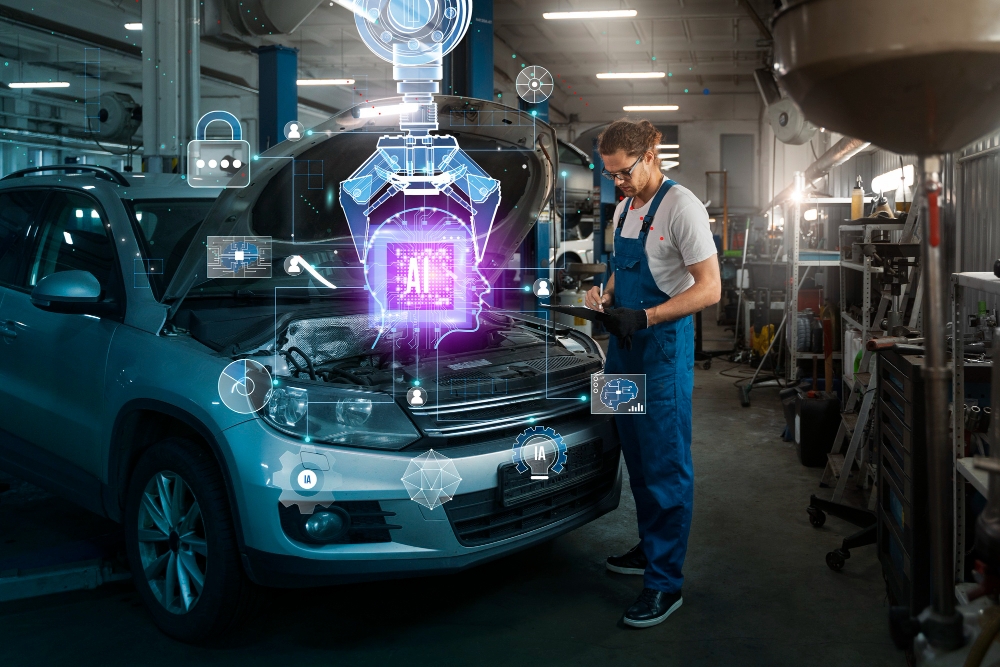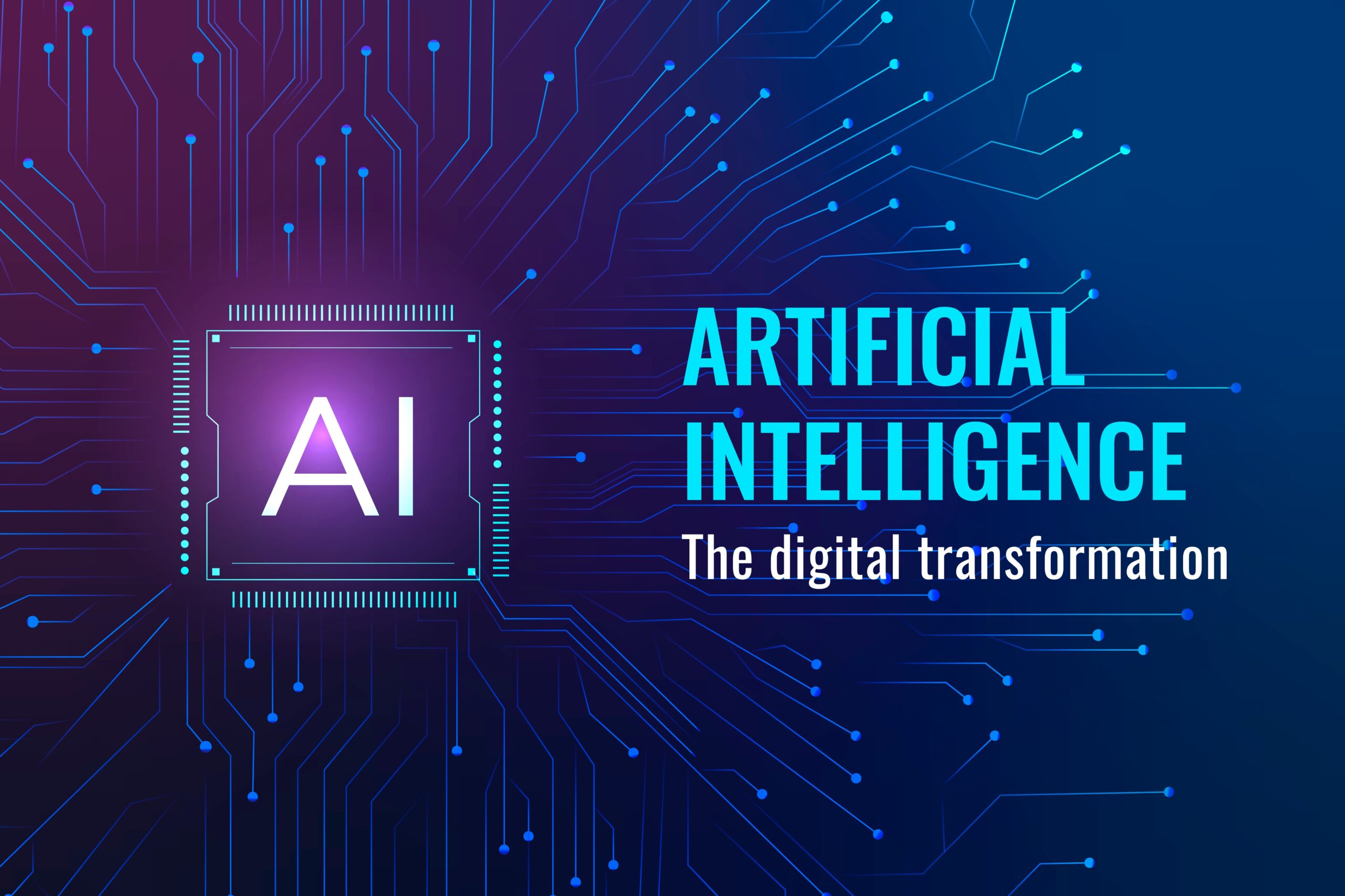Forklift and Pedestrian Safety with AI Vision
Introduction of Forklift and Pedestrian Safety:
In industries, forklifts are essential for transporting materials and goods efficiently. However, the operation of forklifts poses significant risks, particularly when it comes to pedestrian safety. Accidents involving forklifts and pedestrians can result in serious injuries or fatalities, making it crucial for organizations to implement effective safety measures. One innovative solution that has gained traction in recent years is the use of computer vision technology to enhance forklift and pedestrian safety.
Understanding the Risks:
Before exploring into the benefits of computer vision technology, it’s important to understand the risks associated with forklift operations in the presence of pedestrians. Forklifts have limited visibility, especially when reversing or carrying bulky loads, making it difficult for operators to spot pedestrians in their vicinity. Additionally, pedestrians may not always be aware of forklift movements or may inadvertently enter restricted areas, increasing the likelihood of accidents.
The Role of AI Vision:
AI vision technology utilizes cameras and algorithms to analyze visual data in real-time, enabling machines to “see” and interpret their surroundings. When applied to forklift and pedestrian safety, AI vision systems can detect the presence of pedestrians in the vicinity of forklifts and alert both the operator and the pedestrian to potential dangers.
Benefits of AI Vision:
- Enhanced Visibility: By providing operators with real-time visibility of their surroundings, computer vision systems help reduce blind spots and improve awareness of pedestrian movements.
- Proactive Collision Prevention: Computer vision algorithms can detect pedestrians in the path of a forklift and issue warnings or automatically apply brakes to prevent collisions before they occur.
- Improved Compliance: Implementing computer vision technology demonstrates a commitment to safety and compliance with industry regulations, reducing the risk of accidents and potential legal liabilities.
- Data Insights: AI vision systems can collect and analyze data on near misses, pedestrian traffic patterns, and forklift operations, providing valuable insights for optimizing safety protocols and workflows.
- Scalability: Computer vision solutions can be easily scaled to accommodate different environments and operational requirements, making them suitable for a wide range of industries and applications.
Conclusion:
Incorporating AI vision technology into forklift operations represents a significant step forward in enhancing safety in industrial settings. By leveraging advanced algorithms and real-time data analysis, organizations can reduce the risks associated with forklift and pedestrian interactions, ultimately reducing accidents and ensuring the well-being of employees. As technology continues to evolve, computer vision solutions will play an increasingly important role in shaping the future of workplace safety.
